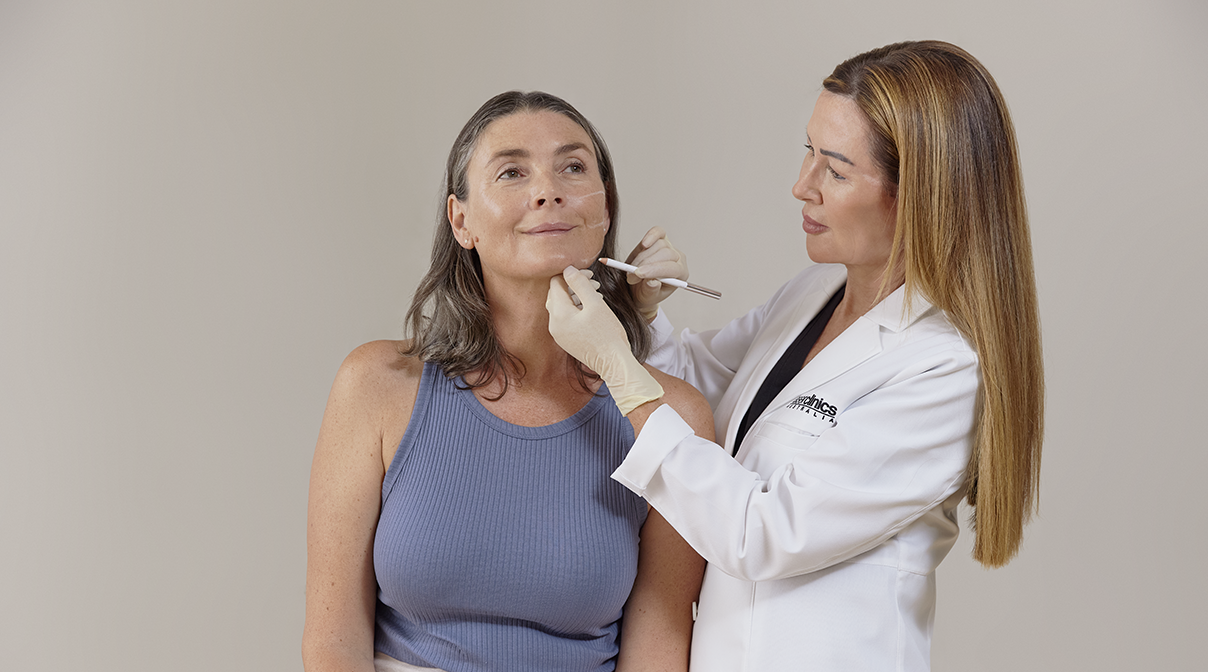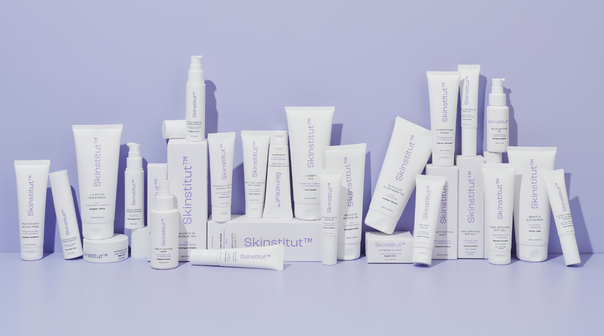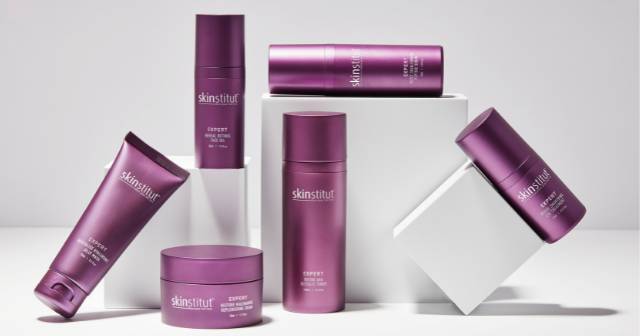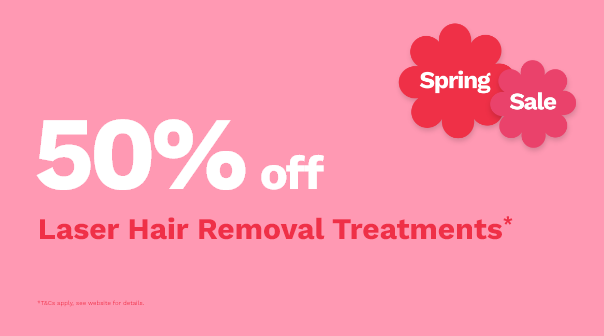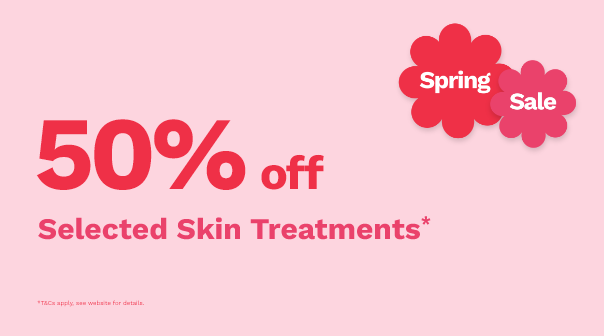Rosacea is a common skin condition that causes permanent redness, especially on the face. While this doesn’t sound too bad, extreme cases of rosacea may also cause a bumpy skin texture, frequent swelling or acne-like breakouts. Other cases involve irritated and red eyes, swollen eyelids and sty-like appearances around the eye area.
As of 2018, around 415 million people around the world are diagnosed with Rosacea.
How can you get rosacea?
The exact cause of rosacea remains elusive, but research suggests a multifaceted interplay of factors that lead to flare-ups and its development. Unlike a simple allergy or infection, rosacea seems to arise from a combination of the following:
- Genetics
- Environmental triggers: Sun exposure, heat, cold, wind, spicy foods, alcohol, and certain skincare products can all worsen the symptoms
- Dysregulation of various bodily systems: Emotional stress has been linked to flare-ups in many individuals with rosacea. Neurovascular dysregulation or a disruption in the communication between the nerves and blood vessels leads to increased blood flow to the facial skin. This causes the redness and flushing associated with the condition.
- Microorganisms: Research suggests that Demodex mites naturally inhabiting the skin may contribute to rosacea in some cases. Also, the Bacillus oleronius bacteria carried by these mites can trigger inflammation.
The immune system is also a significant factor. According to the same research, individuals with rosacea often have an overactive immune response, leading to inflammation and the release of certain inflammatory molecules.
Rosacea often runs in families, however, it’s important to note that environmental and lifestyle factors heavily determine the manifestation and severity of rosacea symptoms.
What are some common rosacea symptoms?
Rosacea manifests in various symptoms that fluctuate in intensity and duration. These are categorised by the National Institute of Arthritis and Musculoskeletal and Skin Diseases into two groups: primary and secondary symptoms:
Primary symptoms:
- Flushing: Transient erythema (redness) of facial skin, triggered by various stimuli
- Chronic redness that persists beyond initial flushing episodes. These more closely resemble a sunburn or a blush.
- Papules and pustules that resemble acne but lack the characteristics of blackheads or whiteheads.
- Telangiectasia, or dilated, visible blood vessels on the skin’s surface commonly appear on the nose and cheeks.
Secondary symptoms:
- Burning, stinging, or tenderness in the affected areas.
- The skin may be rough, dry, and flaky, particularly in the facial region.
- It is also possible for rosacea to affect the eyes, causing dryness, grittiness, burning, tearing, or blurred vision.
If you experience any of the above symptoms, it’s crucial not to ignore them. Rosacea can be a source of frustration and self-consciousness and understanding its symptoms is the first step to managing it effectively, and having calmer and clearer skin as a result.
Available treatments
While there is no cure for rosacea, professional treatment options can help manage its symptoms and improve your skin’s overall appearance.
Laser Clinics Canada offers a range of these therapies and we offer Tailored Treatment Plans to address your unique skin concerns. Our therapists can help you explore suitable options if you’re seeking relief from redness, inflammation, or visible blood vessels associated with rosacea.
-
Hydrafacial
Get an advanced facial treatment in less than 30 minutes that improves the appearance of enlarged pores, congested skin, skin texture and signs of ageing. Hydrafacials can also counteract damage caused by free radicals which can further degrade your skin.
-
Microneedling
Using a pen-like device with tiny needles, Microneedling involves penetrating the upper layer of the skin and promotes collagen production. This works excellently for those who want to manage symptoms of rosacea as well as the signs of ageing.
Learn more about Microneedling
-
LED Light Therapy
If you want to reduce acne, post-inflammatory scarring and rosacea, LED light therapy is your best bet. These lights target deep into cells and stimulate dermal blood flow while allowing your skin to heal faster and keep it rejuvenated.
Learn more about LED Light Therapy
At-home treatments for rosacea
Professional treatments offer significant relief from rosacea symptoms but at-home remedies can help you manage it long-term while you wait for your appointment.
A recent study highlights the natural solutions that can help mitigate rosacea flare-ups and improve the quality of life for those with this skin condition:
- Opt for mild and fragrance-free cleansers formulated for sensitive skin. Try not to use harsh scrubs or products that contain alcohol, caffeine, or other irritants.
- Hydrate your skin with a non-comedogenic moisturiser or a moisturiser that doesn’t contain pore-blocking ingredients. Doing so also helps reduce dryness which is a common rosacea trigger.
- Rosacea triggers vary from person to person. Recognise your own and avoid them, whether they’re specific foods, drinks, or other factors.
- Apply a cool ice pack to the affected area during flare-ups.
- Try relaxing activities like yoga, meditation, or deep breathing exercises to help manage your stress.
- Limit consumption of common rosacea food triggers like spicy food, hot beverages, alcohol, chocolate, citrus-rich fruits, tomatoes, cinnamon, and other foods that contain cinnamaldehyde.
Remember: Everyone’s triggers are different, so it’s important to keep track of your reactions to external stimuli or diet and identify which ones may worsen your rosacea.
Laser Clinics Canada helps you keep your skin healthy and glowing all year round. If you are living with rosacea or other skin conditions, you can still achieve beautiful skin through our safe and non-invasive treatments with little to no downtime. Book an appointment today to get that healthy-looking skin you deserve.
Disclaimer: The information provided in this article is intended for general knowledge and informational purposes only. It is not a substitute for professional medical advice, diagnosis, or treatment. Always seek the advice of your doctor or other qualified healthcare provider with any questions you may have regarding a medical condition or treatment. Laser Clinics Canada is not responsible for any adverse reactions or outcomes resulting from following the information in this article.

